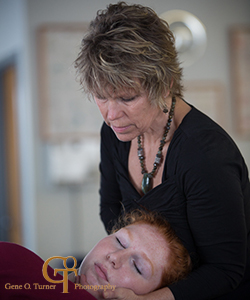Headaches
Headaches
Pain of any type that occurs in any part of the head is called a headache. There are many different types of headaches, with just as many causes. The International Headache Society describes several different categories of headache:
- Tension-type
- Migraine and cluster
- Secondary headaches from an underlying condition, such as fever, infectious disease, sinus disorder, or in rare cases, a tumor or more serious illness
- Cranial neuralgias, facial pain, and other headaches
Most headaches are harmless and resolve on their own, although severe headaches that recur frequently can affect your ability to do your daily activities and can reduce your quality of life.
There is an effective treatment for almost every type of headache. The challenge lies in determining the type of headache, its cause, and in developing an appropriate treatment plan that will reduce both its frequency and intensity. Physical therapists can help determine the type of headache you have and are experts in managing pain from tension-type and cranial neuralgia, facial pain headaches. Pain control is the first priority. Hands-on bodywork, known as manual therapies, such as Primal Reflex Release Techniques (PRRT), Associated Awareness Techniques (AAT), joint mobilization, manipulation, myofascial release techniques, CranioSacral Therapy (CST), Usui Reiki, Cupping, strain counterstrain techniques, McKenzie and more is used to quickly break the pain cycle allowing motion and tolerance to exercise for restoring flexibility, strength, agility, balance, and endurance for activities of daily living (ADL) and job performance. Graston Technique® or Kinesio Taping® may be helpful. Postural correction and body mechanics training to minimize the compressive forces on the spine are emphasized. Modalities may be used to reduce pain, spasm, and inflammation, swelling and joint irritability. Modalities such as spinal decompression/ traction, ultrasound, electrical stimulation, iontophoresis or biofeedback are commonly used. Instruction is provided in-home self-care pain management and exercise. Ergonomic training is also incorporated in the plan of care. This is learning how to work and play safely to avoid pain and repetitive trauma.



